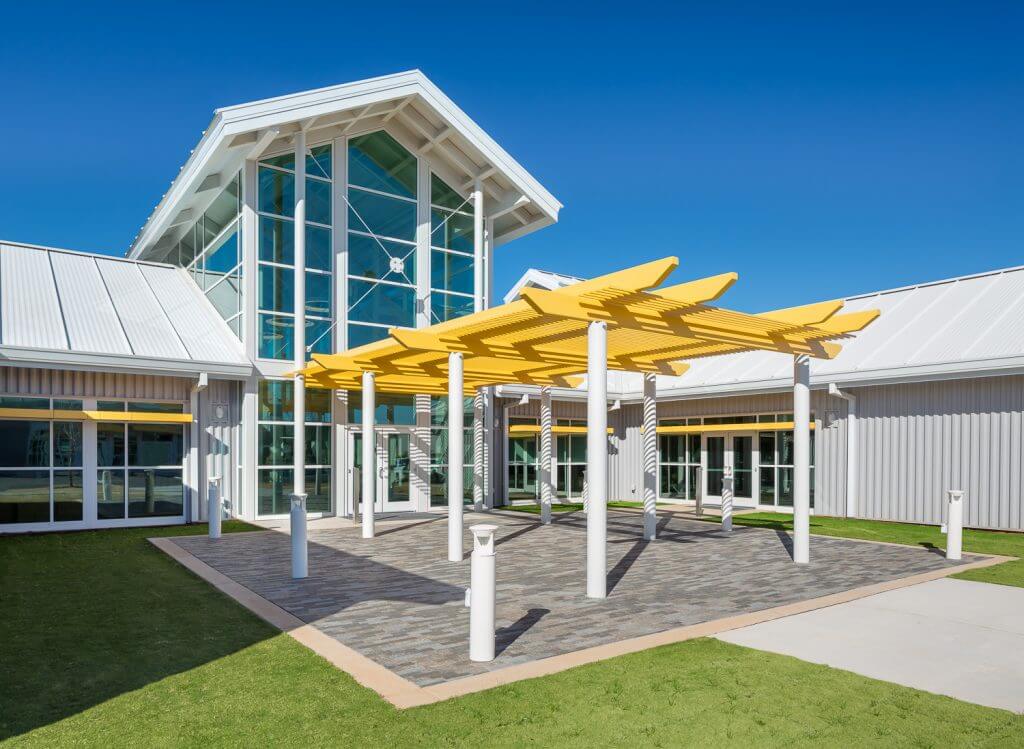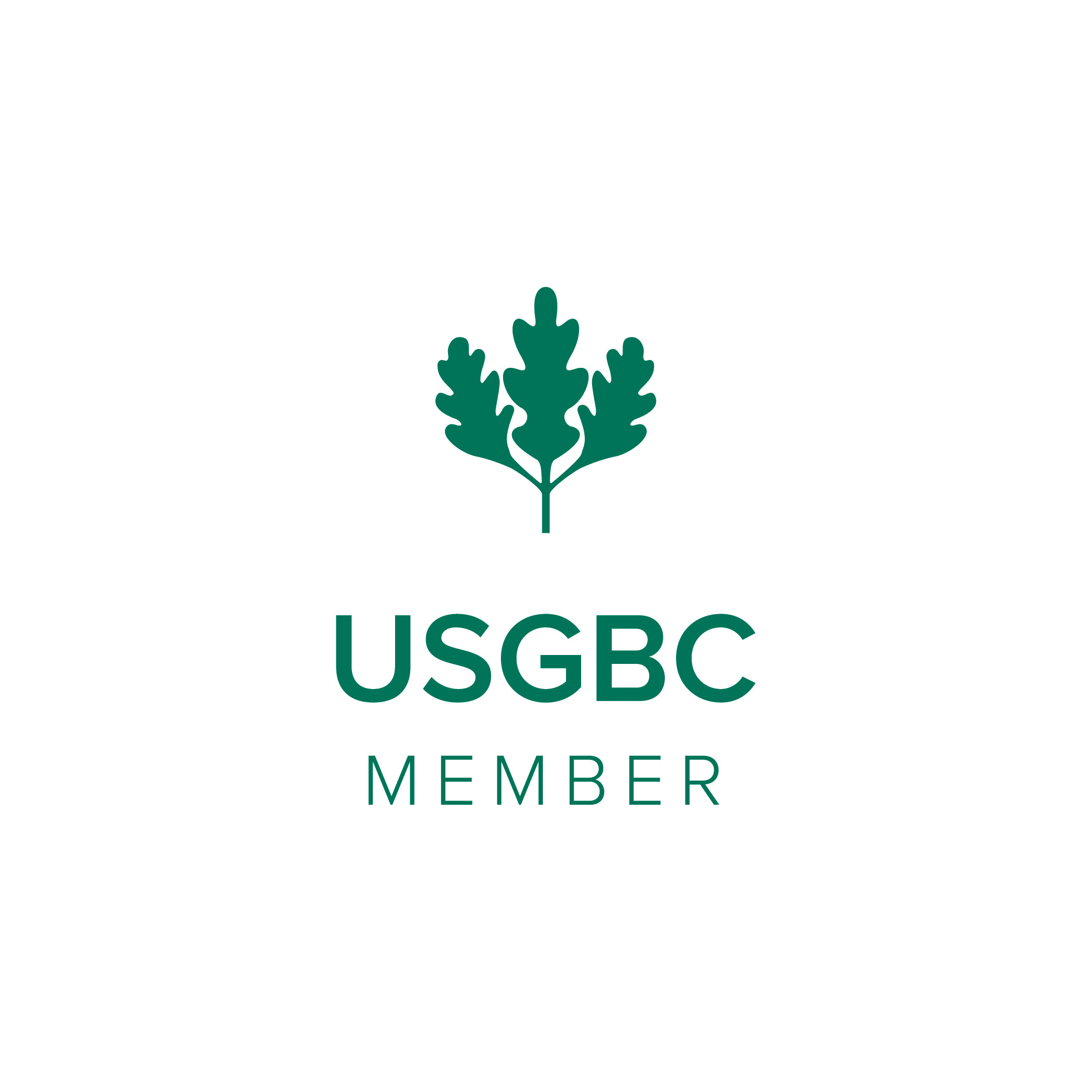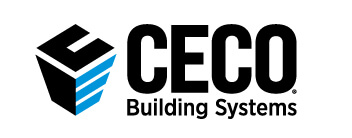Sustainable Design

According to the U.S. Green Building Council (USGBC), LEED buildings save energy, water, resources, generate less waste and support human health. At Ceco, we support and help you achieve your sustainable building objectives. Our metal building products, construction practices and delivery methods can help you:
- Maximize your building’s environmental performance by reducing waste and conserving natural resources.
- Optimize your building’s performance by improving it’s economical impact—and potentially increase your ROI.
- Earn valuable certification with LEED and Energy Star.
Reach your sustainable building goals
Recyclability, Durability & Low Costs
Ceco roof and wall panel systems, structural members and other steel products are virtually 100% recyclable and contain between 30%-50% or more recycled material.
Metal roof and wall panels help reduce waste due to their unmatched durability and resistance to fire, wind and insects.
Metal building systems are also known for low maintenance and operating costs so, Ceco can optimize your building’s economic performance throughout its life cycle.
Energy Efficiency
Pre-engineered metal buildings utilize a number of insulation options, lowering energy costs and environmental impact. The uniform structural framing typical of most metal buildings provides added flexibility in both the amount and type of insulation you can use. IMPs also have high R-values, providing superior thermal performance and reducing energy consumption, and qualify as continuous insulation by the IECC and ASHRAE 90.1.
Ceco also provides options in LEED compliant including metal panels that reflect heat from the sun instead of transferring it to the building.
Ceco’s LEED Credit Guide
The chart below provides a more detailed look at how Ceco Building Systems can help you earn specific credits toward LEED certification.
|
LEED®-Ceco Building Systems Credit Guide
|
|||
|
Name
|
Description
|
Number of
Points2 |
Reason
|
|---|---|---|---|
| SS Credit Heat Island Reduction | Option 1. Nonroof and Roof | 1 | Several of Ceco’s colors meet the low- and low-sloped roof requirements of this credit. |
| SS Credit Heat Island Reduction | Option 2. Parking Under Cover | Up to 2 plus 1 | By deploying parking covers with Ceco metal roof products, 1 point is earned for 75% of spaces covered, and an exemplary performance point can be earned for 100% of spaces covered and achieving both options 1 and 2. |
| EA Credit Optimize Energy Performance | Optimize Energy Performance | Option 1 – Up to 18
Option 2 – Up to 6 |
By utilizing Ceco cool roof colors3 and insulated metal panels in your energy models, you can reduce external loads and downsize HVAC equipment to help get the most points possible. |
| MR Credit Sourcing of Raw Materials | Option 2. Leadership Extraction Practices | 1 | Depending on the nature of the project, Ceco metal building systems will contain between 27% and 79% recycled steel by weight5 (Post-consumer + ½ Pre-consumer.) |
| MR Credit | Option 1. Environmental Product Declaration (EPD) | 1 | MBMA industry-wide EPDs are available for Primary Structural Steel Frame Components, Secondary |
Notes:
- This table assumes LEED NC v4 unless otherwise noted.
- LEED® requirements are based on all materials under the project contract, of which the metal building is only a portion. Actual requirements may not be achieved once all materials are considered. Credit values shown on this table reflect those available, not necessarily those that are earned for a given project.
- The use of cool roof colors may not be allowed in the energy code used for your project. In colder climates, darker roof colors may result in optimal energy performance. Consult your design professional for local requirements and guidance.
- The claiming of Exemplary Performance points may be limited.
- Using the US Steel Recycling Institute industry averages for October 2012. Many steel products contain 90% or higher recycled content if manufactured by the electric arc furnace process, so it may be beneficial to obtain actual information from the manufacturer rather than relying on the default value.
- For more information about LEED and the USGBC’s requirements for LEED Certification, please visit their site here.
- LEED FAQ’s

CORNERSTONE BUILDING BRANDS – USGBC MEMBER SINCE FEB 22, 2008
Cornerstone Building Brands is an active member of the U.S. Green Building Council, the foremost coalition of leaders working to transform the way buildings and communities are designed, built and operated. Our vision is that buildings and communities will regenerate and sustain the health and vitality of all life within a generation.


